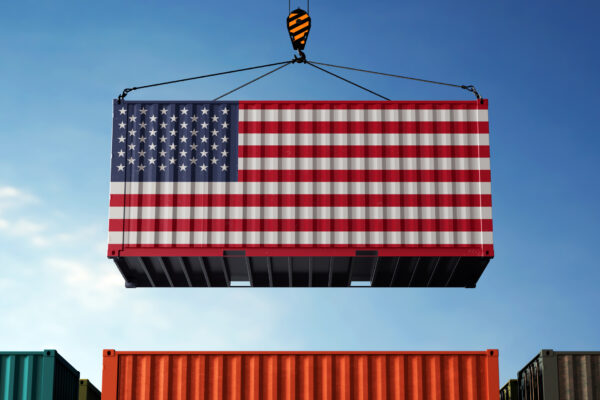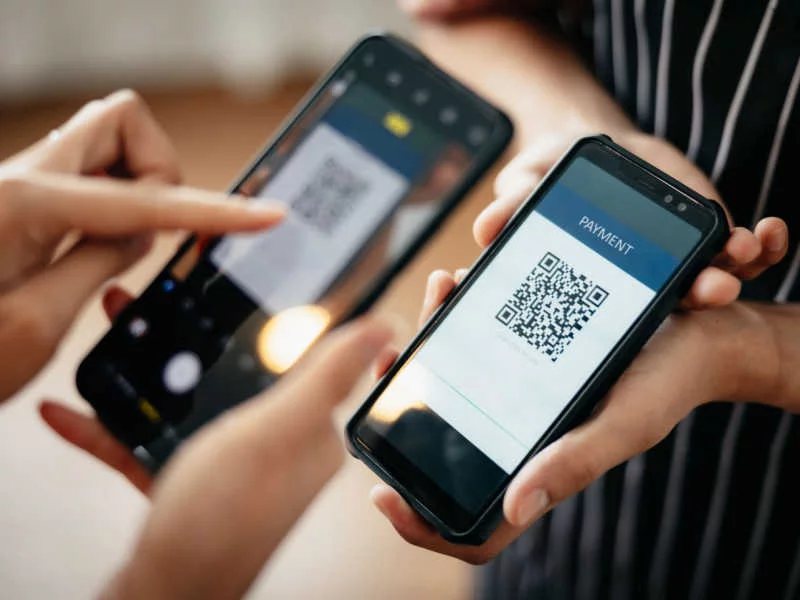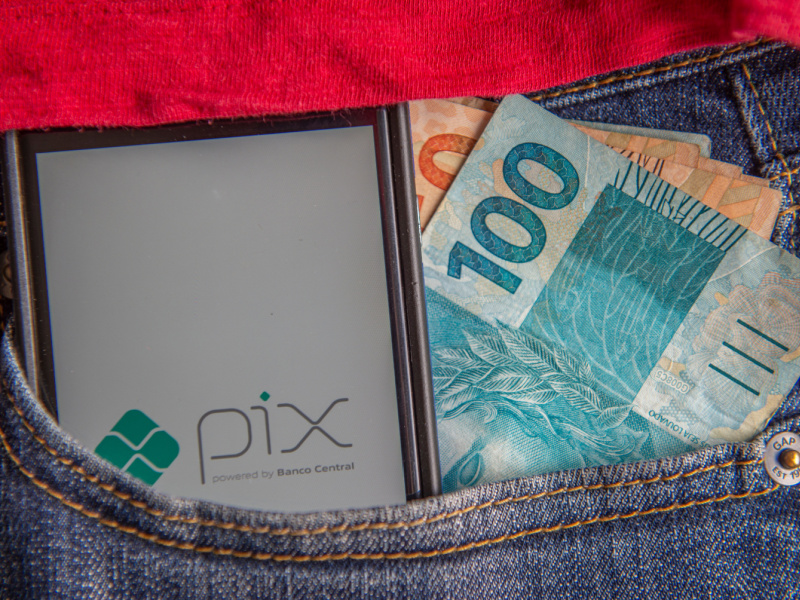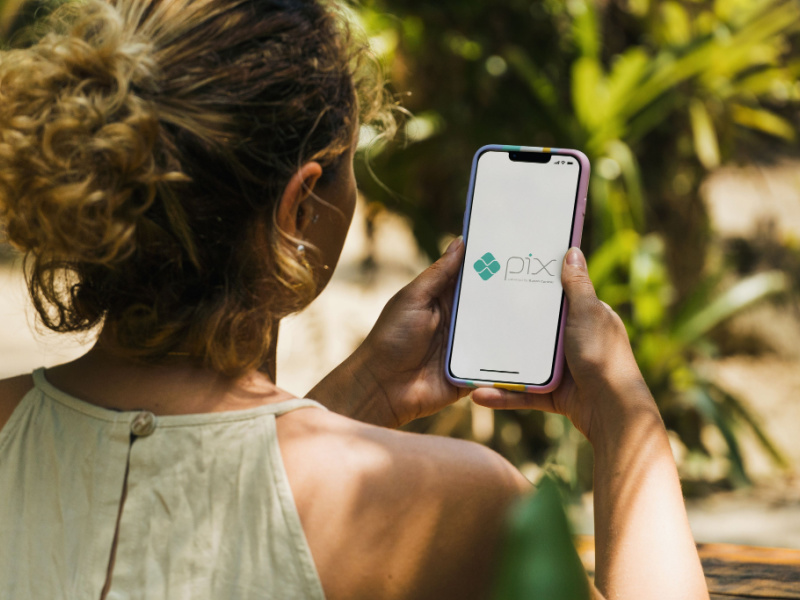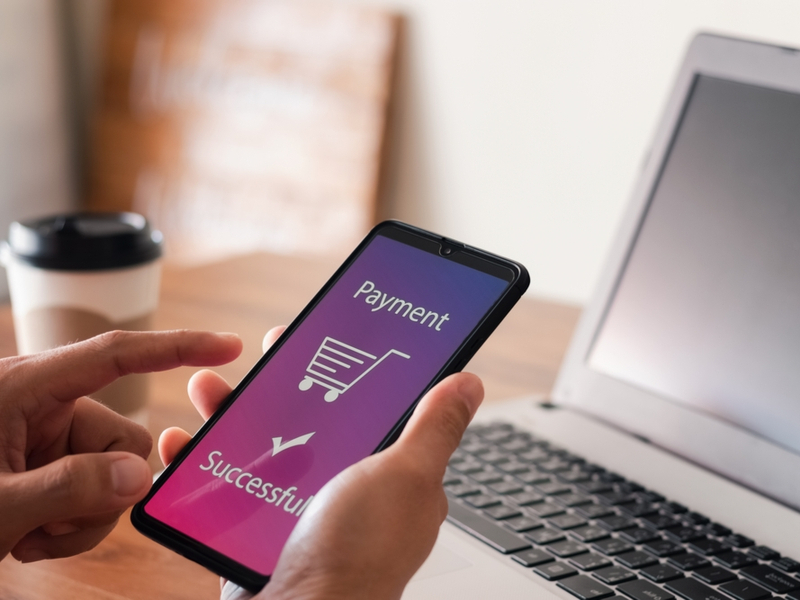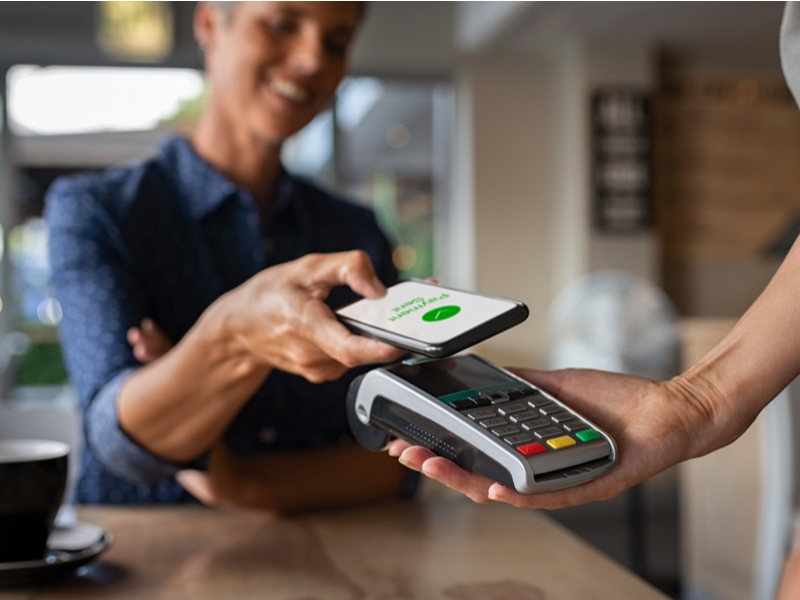Cross-border e-commerce: how to reach the Brazilian market?
07/11/2022See the recent data on cross-border e-commerce in Brazil and discover how to offer the payment means preferred by this public.

In the first half of 2022, cross-border e-commerce in Brazil generated revenues of R$8.8 billion. There are many reasons that encourage Brazilian consumers to seek international e-commerce options when they want to buy online, which include lower prices, more advantageous shipping conditions and more modern products. From the merchant’s viewpoint, a doubt persists: should they open a local entity to offer the payment means preferred by this public, which surpasses 200 million consumers? Discover how an online payment platform can help you operate as a local player from anywhere in the world.
Cross-border: the Brazilian consumer and international e-commerce
From January to July 2022, 54% of Brazilians shopped in foreign e-commerce sites. According to the 46th edition of the Webshoppers report published by Nielsen IQ Ebit in partnership with Ebury Bank, this number comes behind only the 2020 and 2021 figures, when cross-border e-commerce came to 71% and 68%, respectively. Note that this period was marked by physical distancing, which drove demand at online stores.
Consumer profile too is diversified: the majority is male (58%), aged between 25 and 49 (62%), has a university degree (64%), with family income of up to R$4,800 (39%). Most of these consumers live in the Southeastern region of Brazil (58%).
The top 3 categories in e-commerce sales remain “Fashion and Accessories,” “Electronics” and “IT” – a repeat of the performance in the first half of 2021. The virtual stores that most converted for Brazilians were Shopee, AliExpress and Amazon.
Payment Gateway: the solution for cross-border e-commerce to accept local currency in online payments
One of the biggest challenges for those who want to sell to Brazilian consumers are the payment methods offered at the time of checkout. After all, most consumers do not have an international credit card. Hence, the solution is to adapt e-commerce to the reality of the public it wants to reach by offering the latter’s favorite payment methods while also considering the popular consumption habits in the country.
Instant payment – Pix
Payments via Pix are being increasingly used in Brazil. For comparison purposes, on November 16, 2020, when this payment method was launched officially, 1.5 million transactions were made; on September 16, i.e., 1 year and 10 months later, 69 million transactions were made in an ordinary day. These numbers are from the Central Bank of Brazil.
In e-commerce, the share of Pix payments is steadily growing: according to consulting firm Gmattos, Pix registered 74.6% acceptance, which is four times the number in January.
Buy Now Pay Later: Brazilian-style installment payments
Buying online in installments is a common habit among Brazilian consumers. While the Buy Now Pay Later option is taking its first steps in countries such as the United States, in Brazil the possibility of installment purchases can be a decisive factor in conversion. According to Instituto Datafolha, in early 2021, around 75% of the Brazilians who shop online using credit cards usually paid in installments. Offering this option could be one way of addressing the cart abandonment problem and increasing the average ticket.
Discover Ebury Bank: online payment platform that gives you access to the Brazilian digital market
All that your e-commerce business needs in order to reach Brazilian consumers is an online payment solution that enables them to have a fluid shopping experience, in which prices and taxes are already shown in Brazilian real and popular payment methods in Brazil, such as Pix, payment slip and domestic credit cards, are accepted. You can monitor all the transactions in real time and receive payments for sales in any currency at any bank around the world. Talk to our experts and learn more about Ebury Bank!



